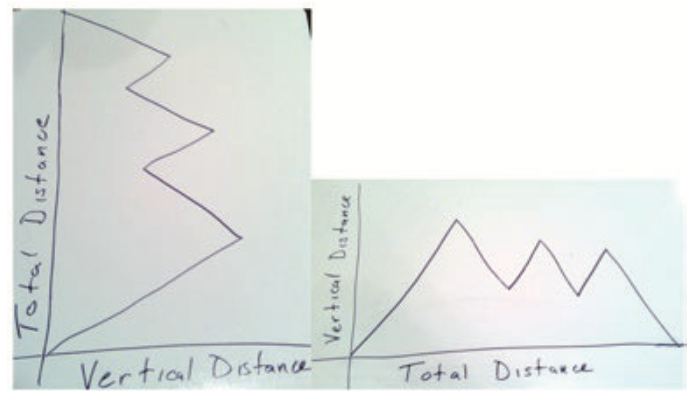operationalizing an anti-deficit perspective
- Kevin C. Moore
- Mar 9, 2023
- 3 min read
Updated: Jan 12, 2024
A rising tide in mathematics education revolves around championing anti-deficit perspectives and work. This is a critical evolution in the field, as it enables us to transition away from what students and teachers cannot or do not achieve (I use achieve in the broadest sense so that it includes reasoning, academic success, societal success, etc.) to what students and teachers can and do achieve. This was a message instilled in me by my advisor Dr. Marilyn Carlson and first-year professor Dr. Patrick Thompson.
Work to understand your students' realities, it is only then that you can begin having a relationship with them.

I am grateful for their mentoring, as it is clear that a prevalence of the deficit perspective remains in mathematics education, particularly in the cognitive genre of the field. A deficit orientation results in a body of research that spends too much time and energy focused on what students do not do and how students do not think. It is important to note, however, that classifying cognitive work that uses constraint or contraindication language as deficit work is, in actuality, enacting a deficit orientation, as constrain and contraindication work is often for the purpose of honoring students' perspectives and realities. We best understand something by pushing upon its boundaries, and those boundaries can only be defined by articulating constraints and identifying contraindications.
This yields the question, "Why does a prevalence of deficit work remain?" The quick answer is that it is difficult to change trends in a field. That answer is reductionist (and somewhat deficit-oriented). A more explanatory answer is found within the cognitive perspective itself.
An individual can only assimilate to meanings they've constructed.
In an interaction with a student, whether in a classroom, tutor session, or research setting, a mathematics educator has only their available schemes and operations–their meanings–to assimilate that student's observable behaviors. When encountering a situation in which they cannot assimilate the student's observable behaviors to an extant meaning, they have two primary options. The mathematics educator either explains what the student cannot do (via explicating their personal meanings and drawing comparisons with the student's observable behavior and associated inferences) or works to make accommodations to their personal meanings through intentional interactions with the student. The former is deficit-oriented, whether intended or not. The latter honors and humanizes the student's mathematical reality.
Such accommodations that enable anti-deficit narratives are driven by the cognitive decentering actions that Dr. Amy Hackenberg, Dr. Jean Piaget, Dr. Amy Ellis, Dr. Marilyn Carlson, Dr. Patrick Thompson, Dr. Biyao Liang, Dr. Leslie Steffe, Dr. Ron Tzur, Dr. Dawn Teuscher, and numerous others have spoken to directly. Nothing I say here is novel. Yet I find it important to underscore that cognitive decentering is the mechanism by which an anti-deficit mathematics can be constructed...no, cognitive decentering is the mechanism by which an anti-deficit mathematics has to be constructed, as anything else runs the danger of devolving into semantics, language games, and lip-service.
Without cognitive decentering, the prevalence of deficit accounts will remain. Language, research questions, and methods may adjust to incorporate anti-deficit narratives, but this will result in deficit accounts merely taking on a new flavor. They will move from speaking about what students cannot do to over-attributing elements to their mathematical realities. Over-attributing mathematics to our students based on their behaviors is a form of deficit-oriented work, as it is still a failure on our part to account for their mathematical realities (and with serious consequences). Realities include affordances. Realities include constraints. It is our job to take both seriously in telling the story of our students' mathematics. It is our job to operationalize cognitive decentering into our work.





